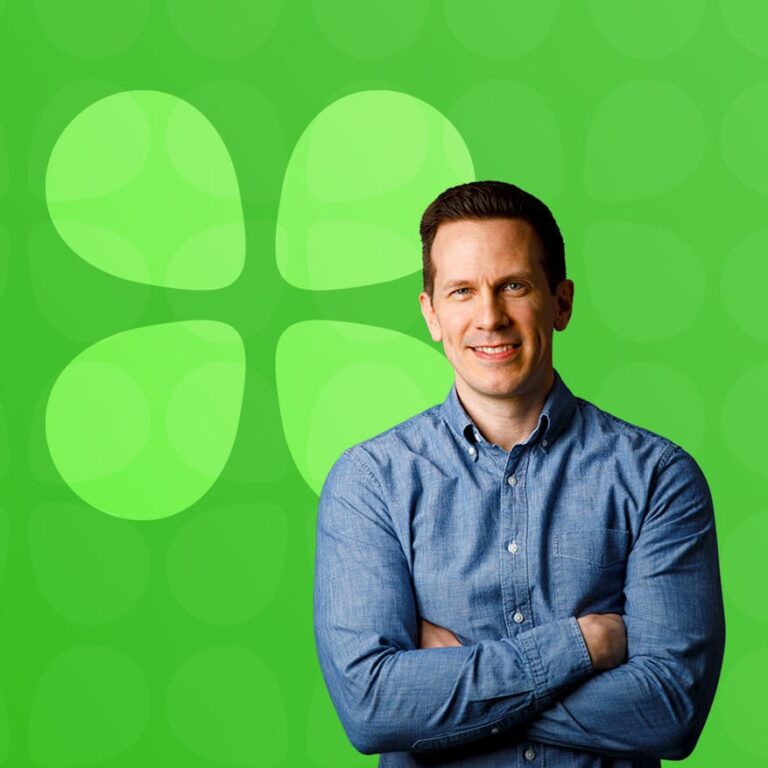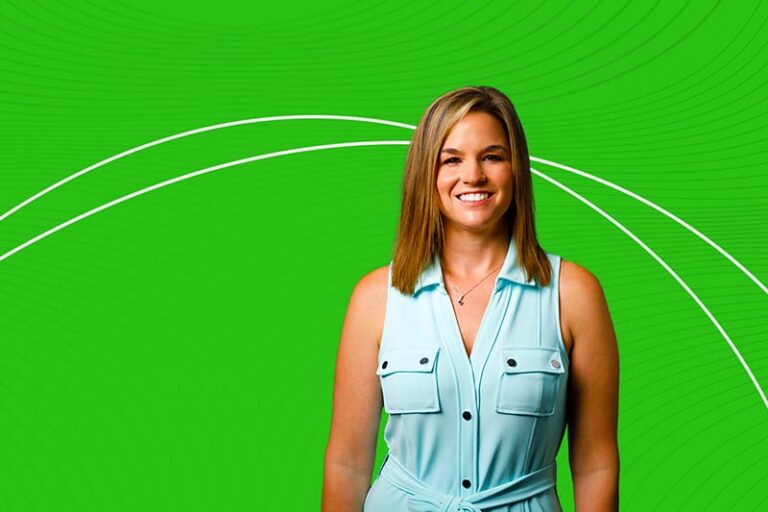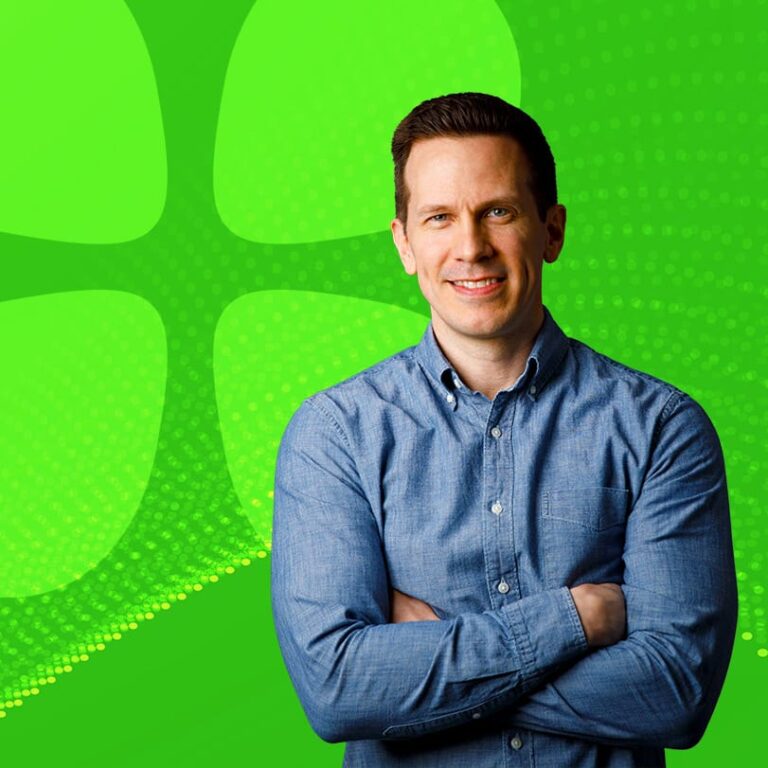From sedans topped with big red bows to bottle-wielding polar bears, we all know which holiday receives the most attention from advertisers. But when we think about ads associated with the second-largest commercial holiday in the U.S., it’s easy to draw a blank. Sorry, Will Arnett.
Halloween is a $9 billion industry, with nearly 50% of Americans decorating their homes and dressing up for All Hallows’ Eve. Plus, it stands to grow pretty substantially as millennials and Gen-Zers make up more and more of the market share. And in recent years, we’ve seen a consistent increase in the number of people searching the internet and social media platforms to prepare for spooky szn.
I am one of those people! I started planning this year’s costume in June and have been adding to a “This Is Halloween 2020” Pinterest board every day for the past three months. And yet, barring the occasional pumpkin spice latte ad from Dunkin’, I don’t see any Halloween ads targeted to me. Do you? I doubt it.
Halloween is more than candy and kids’ costumes; it’s a time when people feel comfortable expressing themselves to the extreme. People value brands that use the holiday to do the same, and we need to start advertising as such. Whether through cosmetic companies enlisting YouTube MUAs for some ghoulish face painting or home improvement stores sponsoring spooky TikTok DIYs, there are endless ways marketers could build their brand experience while capitalizing on Halloween. It doesn’t even have to be as intense as Burger King’s annual shenanigans. Look at Geico and Hulu. Their most spirited attempt was adding “ween” to their name, and people love it.
All that to say, I hope in the coming years marketers will clue in and catch up. Until then, I find solace in knowing that Luckie at least takes Halloween seriously. Scary seriously.




